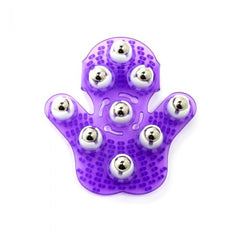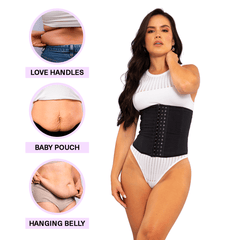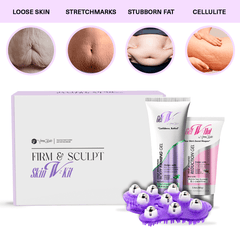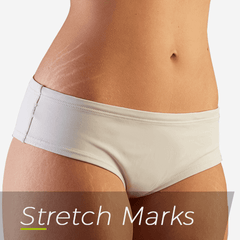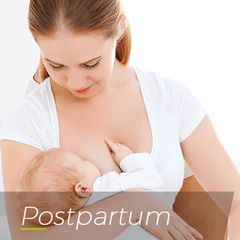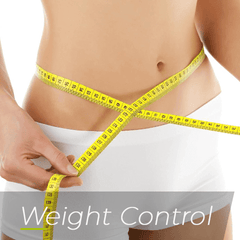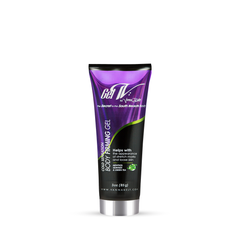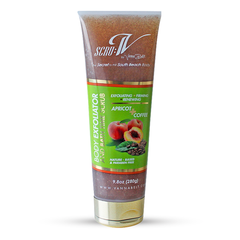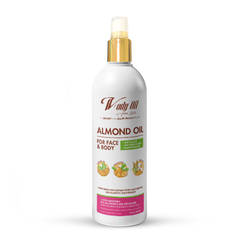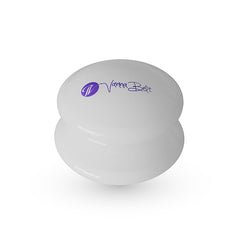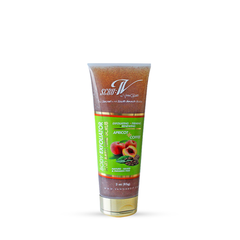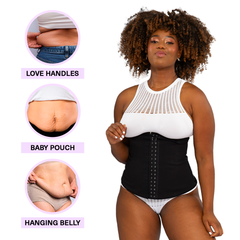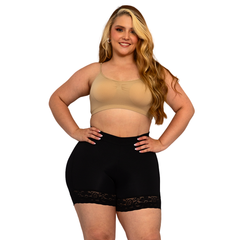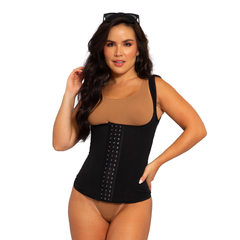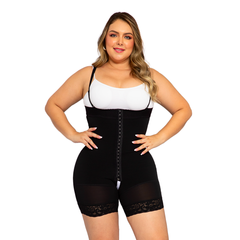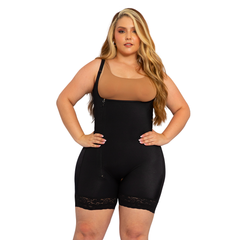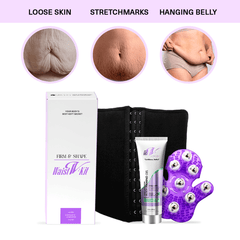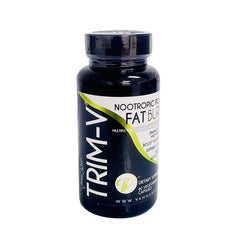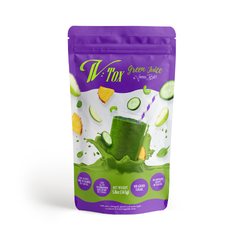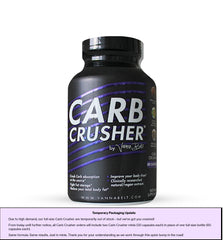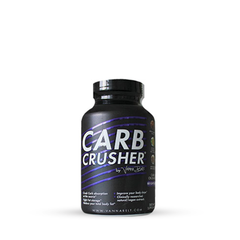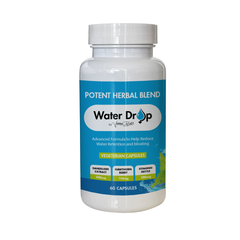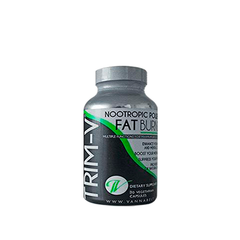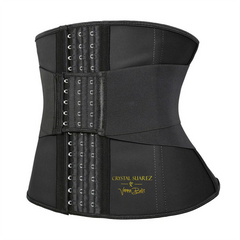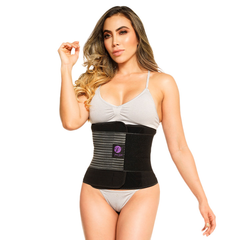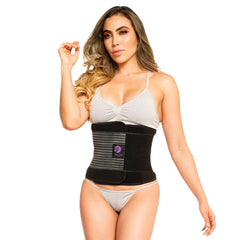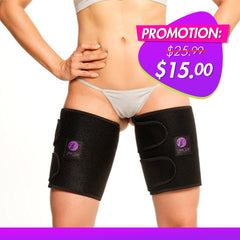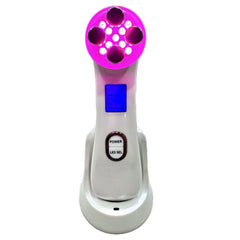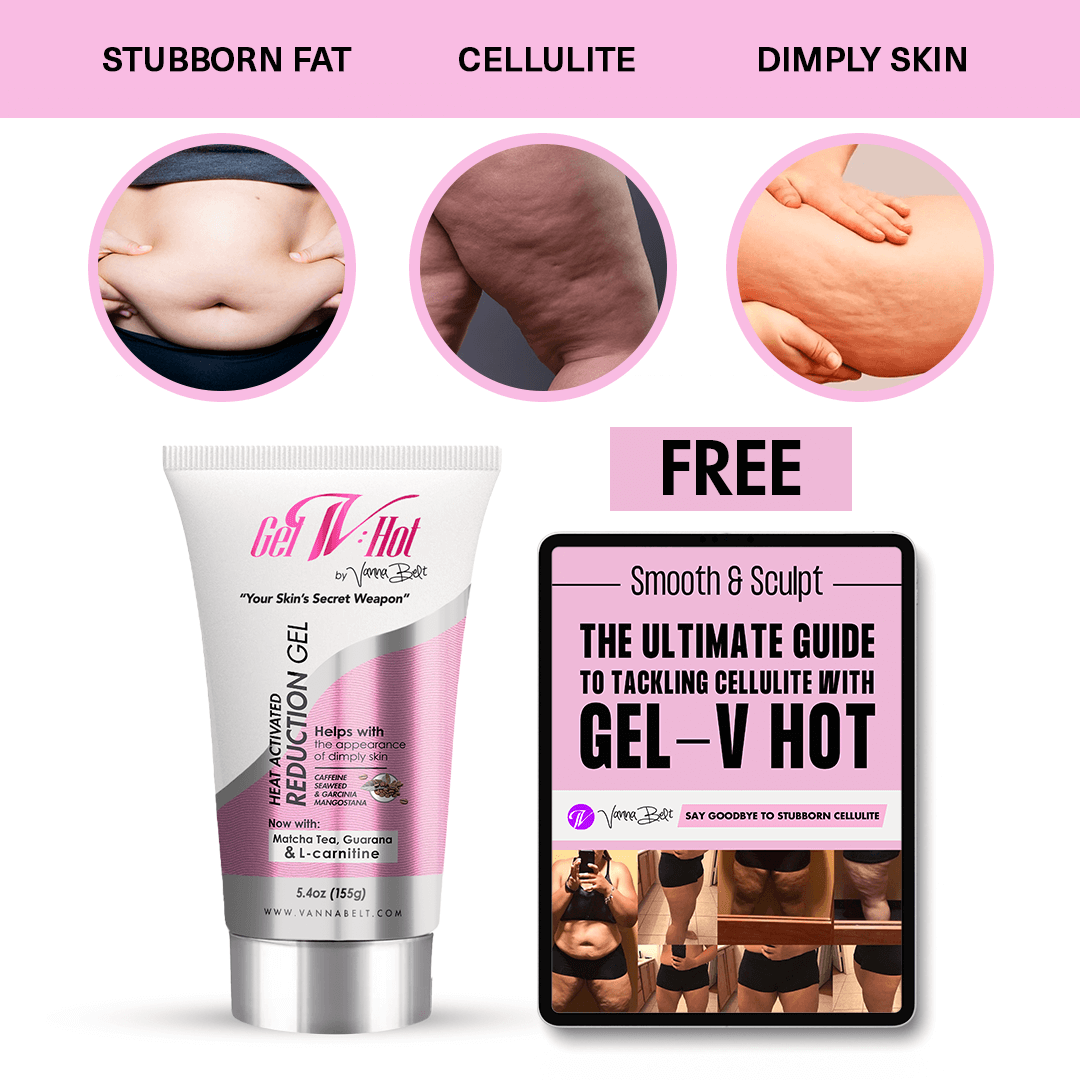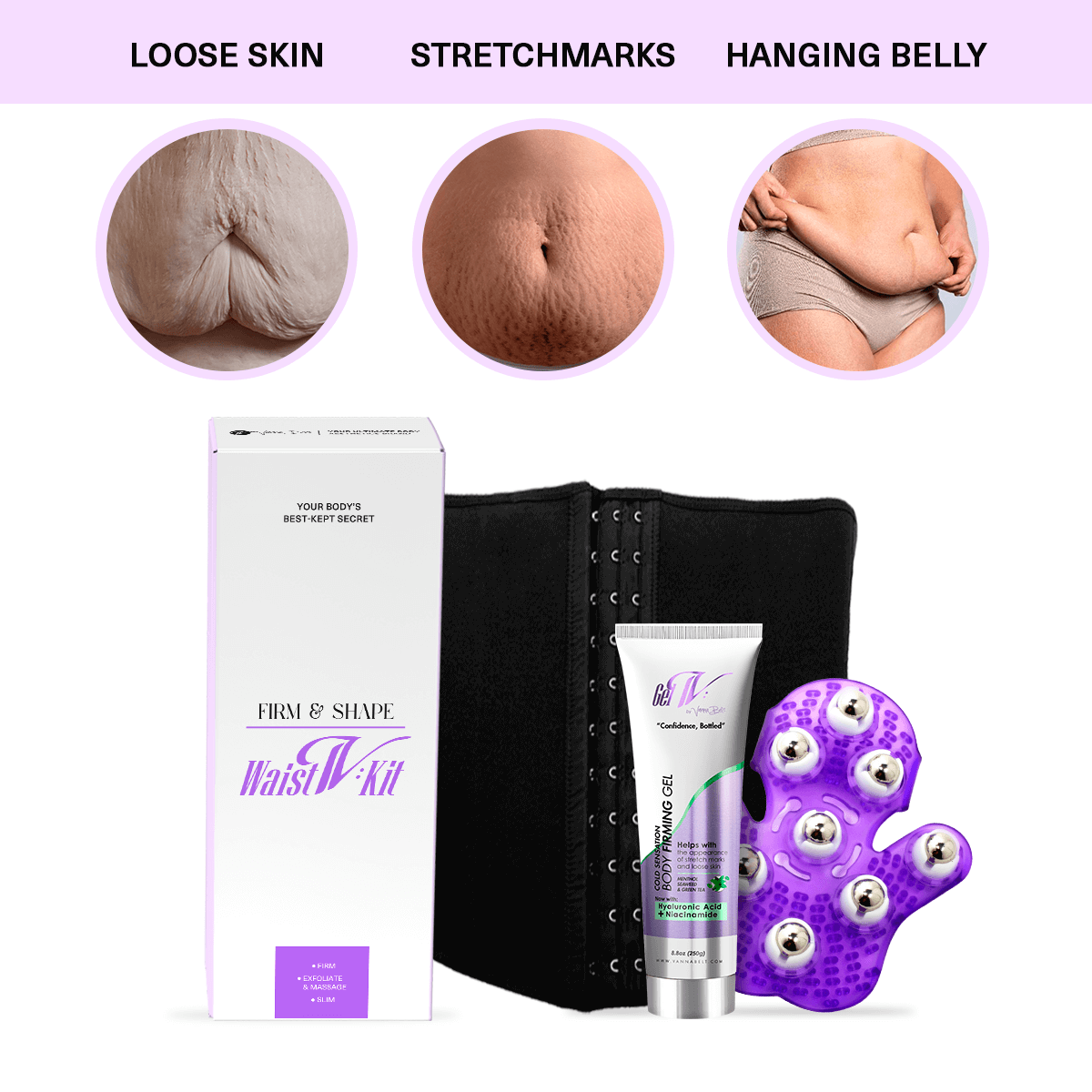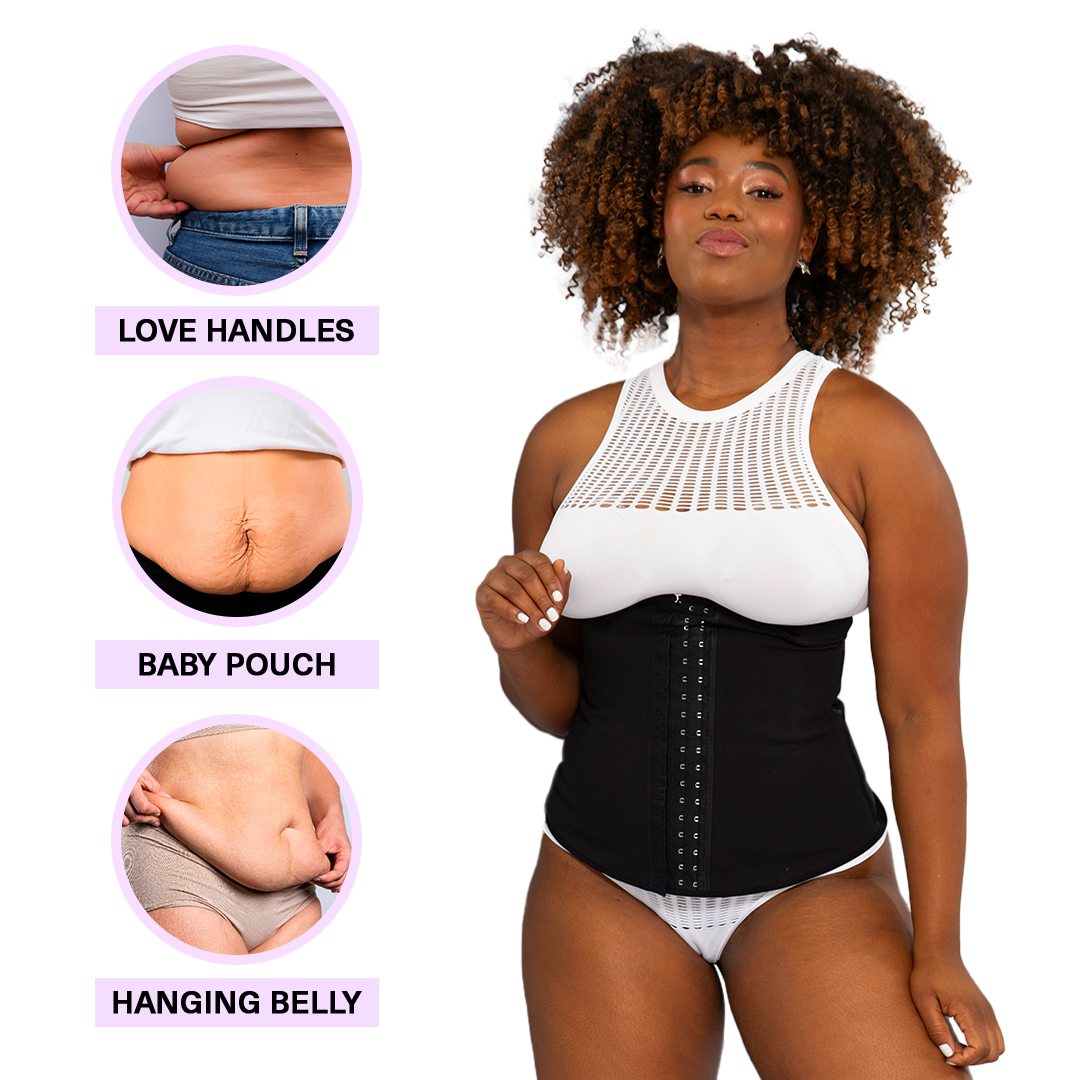Why Women Use Postpartum Belts
There is a great deal of stretching and separation of the abdominal muscles during pregnancy. Weakened abdominal muscles are a common postpartum complaint that contributes to back pain, diminished core strength, and slouched posture. These issues can be efficiently addressed by using a postpartum belt to provide abdominal support.Gentle abdominal compression from a postpartum belt helps stabilize and support the weak muscles. The abdominal muscles are helped in their rehabilitation by being squeezed together. The discomfort associated with strained ligaments and weak abdominal muscles is reduced by the postpartum belt's compression. It makes you feel safe and lessens your pain, especially when doing things like exercising or going about your regular routine. Postpartum belts aid in getting back into shape after giving birth by keeping the abdominal muscles propped up. This can aid new mothers in regaining their core strength and improving their posture.
How A Postpartum Belt Will Help
The separation of the abdominal muscles during pregnancy is known as diastasis recti. It might lead to a protrusion or separation of the abdominal muscles and contribute to generalized weakness. Postpartum belts made to help with diastasis recti provide focused support to speed recovery. Choose a belt that can be easily altered to fit your ever-changing waistline. This will make sure that you have a good fit after giving birth. Belts should be comfortable, thus you should go for ones made of breathable, soft materials. Think about using cotton or a synthetic blend that allows air to circulate.Supportive belts for postpartum diastasis recti use controlled compression to gently re-align the divided abdominal muscles. By closing the space between them, the muscles are better able to mend under this compression's influence. The abdominal muscles can be retrained to remain in a more normal position after childbirth with the aid of a diastasis recti support belt. The modest but constant pressure and support the belt provides help keep the muscles in their correct positions even when it is removed.
By providing support for the weaker abdominal muscles, postpartum belts designed to repair diastasis recti might hasten recovery time. The belt serves as a visual cue to remind you to use your core muscles properly, which speeds up the healing process for diastasis recti and boosts your core strength and functional capacity. Diastasis recti have been linked to poor posture characteristics such as a rounded lower back and a projecting stomach. Belts designed to assist the abdominal muscle separation known as diastasis recti after pregnancy are helpful for regaining a healthy posture and relieving back pain.
Additional Things To Keep In Mind
Many new mothers report suffering from back pain, pelvic pain, and overall discomfort after giving birth. A postpartum belt provides soothing compression and support there, hastening recovery and decreasing discomfort. Posture changes brought on by pregnancy weight gain can be particularly hard on the back and shoulders. The moderate pressure of a postpartum belt on the abdomen and lower back can help to alleviate strain on the spine and encourage healthier alignment.While postpartum belts can help with rehabilitation from diastasis recti and weak abdominal muscles, they are not a replacement for exercise. For a complete recovery, it is advised to include specific exercises and contact a healthcare provider or physical therapist that specializes in postpartum care. Postpartum diastasis recti and core strength can be restored with the help of these exercises and a postpartum support belt.





